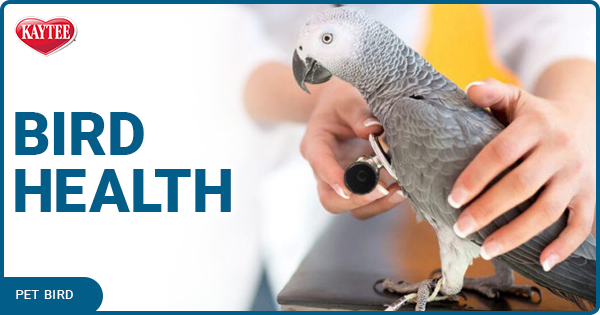Shop At Haya: Your Ultimate Shopping Guide
Discover the best shopping tips, trends, and deals for a smarter buying experience.
Feathers and Fun: Secrets to Happy Birds
Discover the secrets to a joyful, vibrant life for your birds! Tips, tricks, and fun insights await in Feathers and Fun. Unlock their happiness!
Top 5 Secrets to Keeping Your Pet Bird Happy and Healthy
Keeping your pet bird happy and healthy requires a combination of proper care, attention, and environment. One of the most important secrets is to enrich their environment. This can include providing a variety of toys, perches, and interaction opportunities. Birds are naturally curious and need stimulation; thus, rotating toys and perches regularly can keep their interest piqued. Additionally, spending time with your bird daily not only strengthens your bond but also reduces stress for your feathered friend.
Another crucial aspect is maintaining a balanced diet. Different species of birds have different dietary needs, so it's vital to educate yourself on what your particular pet requires. Fresh fruits, vegetables, and high-quality pellets should be the foundation of their diet. Avoid offering too many seeds, which can lead to obesity and health problems. Ensuring that your bird has access to clean, fresh water daily also plays an essential role in their overall well-being.

Understanding Bird Behavior: What Your Feathered Friend is Trying to Tell You
When it comes to understanding bird behavior, it's essential to recognize that these feathered friends communicate in a variety of ways. From their vocalizations to body language, birds express their feelings and needs. For instance, a chirping parakeet may be trying to tell you it’s happy or wants attention. Observing your bird's movements closely can reveal a lot: a puffed-up chest might indicate aggression, while relaxed wings can signify comfort. Understanding these signals can enhance your bond with your pet and improve your care.
Additionally, different species of birds exhibit unique behaviors that can serve as indicators of their wellness and happiness. For example, if your canary starts singing more frequently, it might be a sign of contentment or readiness to mate. In contrast, destructive behaviors such as excessive chewing on cage bars or feathers may signal boredom or stress. Being aware of these behaviors and responding appropriately can help you create an enriching environment that supports your bird's emotional and physical well-being.
The Ultimate Guide to Enriching Your Bird's Environment for Maximum Fun
Creating an engaging environment for your feathered friend is essential for their well-being and happiness. Enriching your bird's environment involves introducing a variety of stimulating elements that cater to their natural behaviors and instincts. Start by incorporating a diverse range of perches, toys, and hideaways. Consider using materials like wood, rope, and grass to ensure their play area is varied and fun. You can also encourage exploration by rotating toys regularly, which keeps the experience fresh and intriguing. An easy way to do this is by making a weekly schedule to swap out toys and perches, sparking your bird's curiosity and reducing boredom.
In addition to toys, it’s also important to include natural elements in your bird's habitat. Create a small area for foraging opportunities by hiding treats in natural substrates like shredded paper or grass. This practice not only mimics their wild behavior but also promotes mental stimulation. Furthermore, ensure your bird has access to safe areas for climbing and exercise. Setting up an enrichment zone with climbing structures can also provide a fun outlet for their energy. Lastly, consider adding a window perch or mirrors in their space, allowing them to observe the outside world or their own reflection, which can be entertaining and enriching!